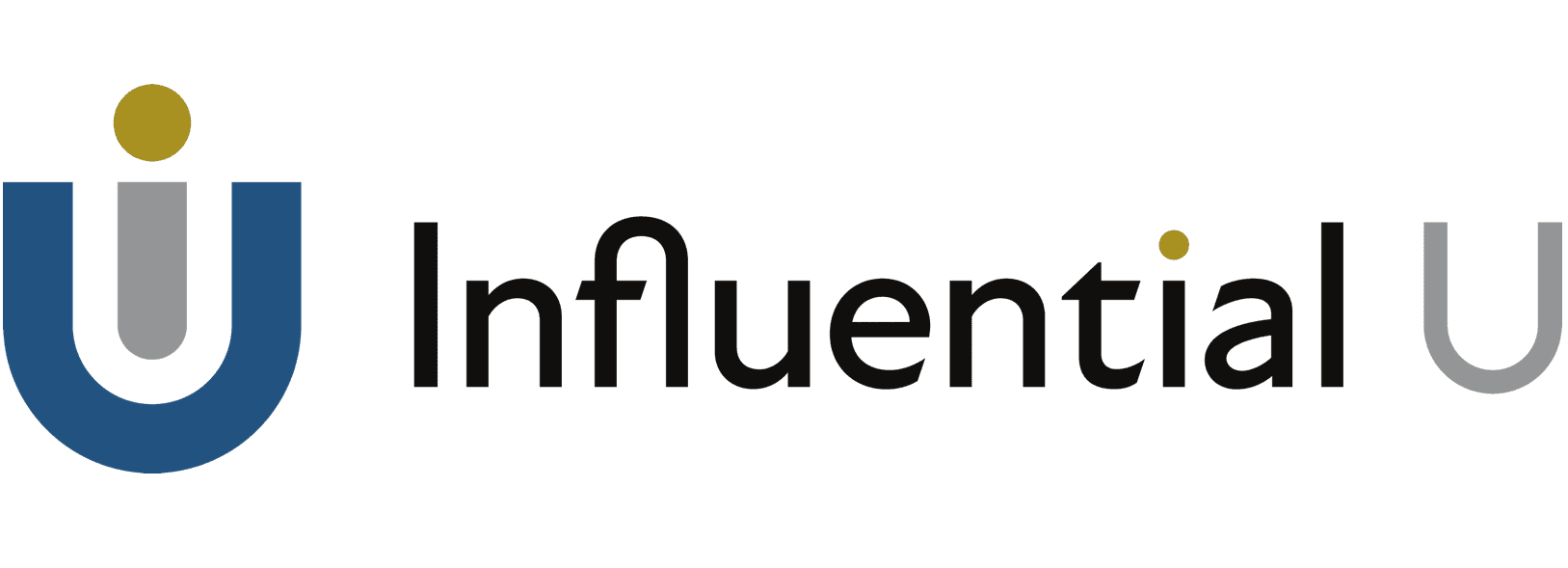Congress passed the bipartisan infrastructure bill to compete with growing countries with more robust and modern foundations, while ours are outdated or crumbling. However, the glitch in the plan is that the US has fewer skilled trade workers. How did we get here, and how did "doing" become dirty work?
The bipartisan infrastructure bill was passed to compete with growing countries whose foundations are more robust and modern, while ours are outdated or crumbling. According to the White House fact sheet:
This Bipartisan Infrastructure Deal will rebuild America’s roads, bridges and rails, expand access to clean drinking water, ensure every American has access to high-speed internet, tackle the climate crisis, advance environmental justice, and invest in communities that have too often been left behind. The legislation will help ease inflationary pressures and strengthen supply chains by making long overdue improvements for our nation’s ports, airports, rail, and roads. It will drive the creation of good-paying union jobs and grow the economy sustainably and equitably so that everyone gets ahead for decades to come.
However, the glitch in the plan is that the US (and most countries) has fewer skilled trade workers than ever before and these positions have become stigmatized during the information age as dirty jobs.
…infrastructure jobs continue to suffer from an image problem. These days, getting a four-year college degree in some STEM (science, technology, engineering or math) field is the brass ring. “We’ve been told that’s the path to success in modern America,” said Brian Turmail, a spokesperson for the Associated General Contractors of America, a trade organization supporting the construction industry. “Mammas didn’t want their babies to grow up to be construction workers.”
How did we get here?
The promise of the Information Age found its roots in the Industrial Revolution. Notably, Henry Ford could take the knowledge of car manufacturing out of the minds of one and put bits of it into the minds of many. Those with knowledge could hire workers to separate thinking from doing and the assembly line is born. Thinking and doing even defined castes; those with great minds could hire the less knowledgeable to do the work. Add the computer into human history and information becomes king. What follows? Kill the shop class and replace it with a computer lab. The internet becomes ubiquitous; we run towards STEM and away from craftwork.
Can you know without doing?
The short answer: no.
You can’t know swimming without getting in the water.
You can’t hammer a nail through the internet.
Matthew B. Crawford, in Shop Class as Soulcraft, writes that:
Americans have been sold too much on “virtualism: a vision of the future in which we somehow take leave of material reality and glide about in pure information economy” and wonders if instead we seek more agency, asking “why it is that people are now becoming newly interested in repairing their own goods, raising their own hens, growing their own food, and mending or sewing their own clothes.”
Crawford offers a sharp and stirring analysis of America’s direction away from a cultural mindset that sees the work of skilled craftsmen and tradesmen as critical to building the nation. Published in 2009, it is a pitch for a cultural recommitment to the vocational arts.
As a mechanic with a doctorate in philosophy, author Crawford has lived both lives—that of the “knowledge worker” of white-collar culture and that of the manual laborer who solves the problems society faces on a daily basis. He uses the space of the book to outline what we gain from working with our hands-on tangible tasks and what we stand to lose if we continue to devalue this kind of knowledge.
Crawford strongly pushes back against the idea that manual labor does not require cognitive demands. He notes that in Homer’s writing, wisdom was connected to the skills of the carpenter and that “pragmatic engagement” with many forms of knowledge led to a concrete result. It was only much later, with thinkers such as Descartes, that intellectual inquiry became more self-contained and far less tangible. Still, Crawford notes that “the theoretical inquiry of academic study is often flawed.”
He cites an experiment performed by two cognitive scientists, Mike Eisenberg and Ann Niskioka Eisenberg, in which they attempted to fold origami following the detailed directions of a computer program. They found that these computations required revision when put into practice because there was a sizable gap between “the abstract, untouchable world of software objects and the homey constraints of human dexterity.” Crawford notes that this kind of fine-tuning and trial and error is a mainstay in his bike shop, where he feels he acts not unlike a surgeon, combining judgment that is “simultaneously technical and deliberative.”
Give the pupils something to do, not something to learn; and the doing is of such a nature as to demand thinking; learning naturally results.
—John Dewey
Knowing is doing
Our approach enhances your knowledge, skill, ability, talent, and motivation. It allows you to grow fitter and fitter to live as you desire by doing the work of testing, validating, and modifying your assumptions. Influential U offers a four-year higher education in these core skills and strategies that you don’t get in business school. Transacting is a contact sport; it requires practice.
I don’t pretend to dismiss the power and import of knowledge and information.
However, it is time to reclaim and honor the doers.

AUTHOR
John Patterson
Co-founder and CEO
INFLUENTIAL U
John Patterson co-founded and manages the faculty and consultants of Influential U global. Since 1987, he has led workshops, programs, and conferences for over 100k people in diverse professions, industries, and cultures. His history includes corporate curriculum design focusing on business ecosystems, influence, leadership, and high-performance training and development.



